Jonathan Thomas
KCM Faculty Associate
Professor, University of Kentucky
Chair, Department of STEM Education
Books
 Teaching Mathematics Conceptually: Guiding Instructional Principles for 5-10 Year Olds
Teaching Mathematics Conceptually: Guiding Instructional Principles for 5-10 Year Olds
By Beth L. MacDonald and Jonathan N. Thomas
Corwin UK; 1st edition (March 27, 2023)
Abstract
This book expands upon the guiding principles at the heart of Math Recovery® instruction, exploring their connections with learning theory, practical application in the classroom and their wider
links to agreed concepts of high-quality mathematics teaching.
Research Publications
Thomas, J., Dueber, D., Fisher, M. H., Jong, C., & Schack, E. O. (2021). Professional noticing coherence: exploring relationships between component processes. Mathematical Thinking and Learning.
Abstract
Teacher noticing and related variants have ascended in prominence among the mathematics education research community. While the component processes of such noticing (e.g., attending, interpreting and deciding)
have been cast as interrelated, capturing the relationships amongst the components has been more elusive. We focused on the component processes of teacher noticing with particular attention given to
interrelatedness. Specifcally, we were interested in how and the extent to which the component processes of professional noticing (attending, interpreting, deciding) are thematically connected when
preservice elementary teachers are engaged in an assessment approximating professional noticing. We refer to this thematic linkage in this paper as coherence. Our fndings suggest a complex interplay
between the creation and continuation of themes when enacting professional noticing, and the quality of such noticing.
Read the article
Thomas, J., Dueber, D., Fisher, M., Jong, C., & Schack, E. O. (2020). Professional Noticing into Practice: An Examination of Inservice Teachers' Conceptions and Enactment. Investigations in Mathematics Learning, 12(2), 110-123.
Abstract
Teacher noticing and the related construct of professional noticing of children's mathematical thinking have proven to be fertile ground for education researchers. Professional noticing is a framework for a
teaching practice consisting of three component parts: attending, interpreting, and deciding. The current study investigates the conceptions and enactment of professional noticing of 24 elementary and middle
grades teachers participating in professional learning programs that incorporated professional noticing. These teachers demonstrated a wide range of interpretations of professional noticing which varied in
consistency with respect to the literature in this area. This diversity of conceptions is seen as a consequence of teachers having different definitions and scopes of application for professional noticing.
This study adds to current discussions about the meaning and role of professional noticing by considering the perspective of practitioners, a group whose input is often secondary to education researchers but
whose conceptions and enactment of such noticing is critical for student success.
Read the article
Thomas, J. N., & Harkness, S. S. (2019). Tethering towards number: synthesizing cognitive variability and stage-oriented development in children’s arithmetic thinking. Mathematics Education Research Journal, 31(3), 325-347.
Abstract
Differing research worldviews have typically resulted in interpretations at odds with one another. Yet, leveraging distinct perspectives can lead to novel interpretations and theoretical construction.
Via an empirically grounded research commentary, we describe the value of such activity through the lens of previously reported findings. This synthesis of research from dissimilar scholarly traditions
is one example of how paradigms in related but sometimes disconnected fields were used to provide a more comprehensive model of foundational numeracy development. While critique and skepticism may be valuable
scholarly tools, we argue that such practices should be balanced with openness and belief towards ideas from worldviews different than our own. This balance can provide new and creative interpretations and
extend our collective research power.
Read the article
Schack, E.O., Fisher, M.H., & Thomas, J. (2015). Multiple perspectives of teacher noticing: An emerging area of research [Book Review]. Journal for
Research in Mathematics Education: Volume 107 Number 3. pp. 371-375.
Fisher, M., Schack, E., Thomas, J., Jong, C., Eisenhardt, S., Yoder, M., & Tassell, J. (2014). Examining the Relationship Between Preservice Elementary Teachers' Attitudes Toward Mathematics
and Professional Noticing Capacities. In J. Cai & J. Middleton (eds.) Research Trends in Mathematics Teacher Education. pp. 219-237.
Schack, E., Fisher, M., Thomas, J., & Eisenhardt, S. (2013). Learning to professionally notice: Preservice elementary teachers attitudes towards mathematics in context.
Psychology of Mathematics Education North America Annual Conference Proceedings. November 2013. Chicago, IL. pp. 669-676.
Abstract
The goal of this study is to better understand preservice elementary teachers' changes in attitudes towards mathematics in connection with their participation in a module aimed at developing professional noticing
capacities. This module, typically implemented in the mathematics methods course, involves practice with the three interrelated components of professional noticing – attending, interpreting, and deciding. Pre-
and post-assessments of participants' mathematical attitudes and professional noticing capacities were administered to measure change in these areas. Participants demonstrated significant growth in their professional
noticing capabilities and mostly positive attitudinal change; however, there was no significant correlation between the changes on the respective measures.
Harkness, S.S., Thomas, J., Lane, C., & Cooper, A. (2013). Lesson Study: Allowing "What Is the Whole?" to Usurp "Where Is the Reciprocal?" Far East
Journal of Mathematics Education: Volume 10, pp. 1-30.
Abstract
A group of mathematics educators set out to explore lesson study and fraction division. During the first implementation of the lesson, which we researched and created, we grappled with standard protocol for lesson
study. What are the advantages and disadvantages of listening silently? When/why should teachers adhere strictly [to the lesson plan] or when/why should they allow for veering? If the lesson study group is silent and
the teacher adheres to the plan, then opportunities for exploring other big mathematical ideas can potentially be lost in the implementation. The teacher's own inner voice [1] can be compromised. In what ways might
lesson study coerce teachers to listen primarily to the voice of the lesson plan by assuming the voice of the discipline and the voices of the students were "built in" prior to the lesson implementation? In this
article we describe, through narrative and transcripts, when/why we ultimately chose to deal with these questions.
Schack, E., Fisher, M., Thomas, J., Eisenhardt, S., Tassell, J., & Yoder, M. (2013). Prospective elementary teachers professional noticing of children's early numeracy.
Journal of Mathematics Teacher Education: Volume 16 Number 5. pp. 379-397.
Abstract
The goal of this study is to develop the professional noticing abilities of pre-service elementary teachers in the context of the Stages of Early Arithmetic Learning. In their mathematics methods course,
ninety-four pre-service elementary teachers from three institutions participated in a researcher-developed five-session module that progressively nests the three interrelated components of professional noticing –
attending, interpreting, and deciding. The module embeds video excerpts of diagnostic interviews of children doing mathematics (representations of practice) to prepare the pre-service teachers for similar work. The module
culminates with pre-service teachers implementing similar diagnostic interviews (approximations of practice) to gain experience in the three component skills of professional noticing. A pre- and post-assessment was
administered to measure pre-service teachers' change in the three components. A Wilcoxon Signed Ranks test was conducted and found the pre-service elementary teachers demonstrated significant growth in all three
components. Selected pre-service elementary teacher responses on the pre- and post-assessment are provided to illustrate sample growth in the pre-service teachers' abilities to professionally notice. These results,
the first in an ongoing study, indicate the potential that pre-service teachers can develop professional noticing skills through this module. Continued data collection and analysis from the ongoing study by these
authors and future, longer-term emphasis on professional noticing for pre-service teachers should be studied.
Thomas, J. & Harkness, S. S. (2013). Implications for intervention: Categorizing the quantitative mental imagery of children. Mathematics
Education Research Journal: Volume 25. pp. 231-256.
Abstract
Unlike a child's observable, physical interactions with mathematical tools (e.g. physically touching blocks in order to count them), the subtle manifestations of imagery construction can be considerably
more challenging to identify and act upon. Although there have been substantive examinations of mental imagery in a variety of mathematical contexts (i.e., spatial patterns, geometric rotation, etc.) there is a
paucity of study regarding the nature of mathematical imagery with respect to initial counting acts. Towards that end, we conducted clinical interviews and longitudinal teaching experiments to ascertain the salient
features of early quantitative mental imagery. Our findings indicate that children construct imagined units that are variably connected to the mathematical tool of the moment. Moreover, while this variability appears
congruent with existing mathematical progressions, attending to nuances in children's mental imagery provides a platform for more refined instructional design. Indeed, identification of and attention to the child's
quantitative imagery in whatever form it may take is essential to maximizing mathematical experiences.
Burrows, A., Thomas, J., Dole, D., Suess, R., & Woods, A. (2012). Riding the wave: Action researchers reflect on the ebb and flow of research engagement. Education
Action Research: Volume 20. pp. 291-312.
Abstract
The focus of this article is the exploration of and an explanation of student researchers' affect and activity in an action research project. Using a hermeneutical theoretical framework we argue that the researcher
group as a whole constructs a wave process and at the same time each individual researcher in the group creates a wave process that may be similar or different to the group. These processes shape each other, through
phases of engagement and disengagement in the researcher cycle, and make the research experience richer. The article examines five separate researcher narratives, extracting excerpts, to show how these examples showcase
this wave phenomenon. Ten figures are included. Two themes, activity and affect, are identified in the narrative excerpts provided, sub-categories such as roles on a team and context of research are explored in these
themes. The importance of explicit discussion of researcher engagement and disengagement in wave cycles is discussed.
Eisenhardt, S. & Thomas, J. (2012). The Mathematical Power of a Dynamic Professional Development Initiative: A Case Study. Journal of
Mathematics Education Leadership: Volume 14, pp. 28-36.
Abstract
This study examines a state's large-scale professional development initiative focused on advancing teachers' mathematical knowledge for teaching early numeracy. Over three years, the teachers' demonstrated
gains in their mathematical knowledge for teaching and reported significant positive changes in their mathematical beliefs and practices. Participating students demonstrated significant achievement gains on
standardized assessments and many sustained mathematical proficiency through several grades. The purpose of the study was to identify the factors that contributed to the success of the professional development
initiative. The findings of this study indicate the success of the initiative was based on the synergistic relationship of the conditions, culture, competencies and changes. This study contributes to the research
literature of structuring effective development for the teaching and learning of mathematics.
Fisher, M., Schack, E., Thomas, J., Eisenhardt, S., Yoder, M., & Tassell, J. (2012). The Stages of Early Arithmetic learning: A context for learning to professionally notice.
Proceedings of the 34th annual meeting of the North American Chapter of the International Group for the Psychology of Mathematics Education.. Kalamazoo, MI: Western Michigan University.
Abstract
The goal of this study is to develop the professional noticing abilities of preservice elementary teachers in the context of the Stages of Early Arithmetic Learning. In their mathematics methods course,
the preservice elementary teachers participated in a researcher-developed multi-session module that progressively nests the three interrelated components of professional noticing – attending, interpreting,
and deciding. A pre- and post-assessment was administered to measure their change in the three components of professional noticing. The preservice elementary teachers demonstrated significant growth in all three components.
Eisenhardt, S., Fisher, M., Schack, E., Tassell, J., & Thomas, J. (2011). Noticing Numeracy Now (N^3): A collaborative research project to develop preservice teachers' abilities to
professionally notice children's mathematical thinking. Research Council on Mathematics Learning Annual Conference Proceedings. Cincinnati, OH.
Abstract
The goal of the Noticing Numeracy Now (N^3) research project is to determine the extent to which an innovative learning experience focused on the professional noticing of children's early numeracy thinking
develops preservice teachers' capacities to attend, interpret, and respond appropriately to children's mathematical thinking. The N^3 project is being implemented at eight Kentucky public universities.
Harkness, S. S. & Thomas, J. (2008). Multiplication as original sin: The Implications of Using a Case to Help Preservice Teachers Understand Invented Algorithms.
Journal of Mathematical Behavior: Volume 27, pp. 128-137.
Abstract
This article describes the use of a case report, Multiplication As Original Sin (Corwin, The Journal of Mathematical Behavior, 1993), as an assignment in a mathematics
course for preservice elementary teachers. In this case report, Corwin described her experience as a 6th grader when she revealed an invented algorithm. Preservice teachers were asked to write reflections and
describe why Corwin's invented algorithm worked. The research purpose was: to learn about the preservice teachers' understanding of Corwin's invented multiplication algorithm (its validity); and, to identify
thought-provoking issues raised by the preservice teachers. Rather than using mathematical properties to describe the validity of Corwin's invented algorithm, a majority of them relied on procedural and memorized
explanations. About 31% of the preservice teachers demonstrated some degree of conceptual understanding of mathematical properties. Preservice teachers also made personal connections to the case report, described
Corwin using superlative adjectives, and were critical of her teacher.
Practitioner Publications
Thomas, J. (2015). Finding common ground. School Science and Mathematics Journal: Volume 115. pp. 1-3.
Miracle-Meiman, B. & Thomas, J. (2014). Making a mathematical symphony: Emphasis on relational thinking and connections. Ohio Journal of School
Mathematics: Volume 70. pp. 11-15.
Abstract
Relational thinking is a necessary and vital component for true conceptual understanding of mathematical thinking and application. Teachers and administrators who realize and nurture this pedagogical component
through the study of vertical knowledge, collaboration, and ongoing professional development are solidifying a strong foundational mathematical journey for their students.
Eisenhardt, S., Fisher, M., Thomas, J., Schack, E., Tassell, J., & Yoder, M. (2014). Is it counting or is it adding? Teaching Children Mathematics:
Volume 20 Number 8. April 2014. pp. 498-507.
Abstract
This article aims to use the Stages of Early Arithmetic Learning to help readers develop an appreciation for the complex nature of counting and adding skills. Additionally, classroom activities are provided that are
suitable to teaching students at varying stages of this early numeracy progression.
Thomas, J., Eisenhardt, S., Fisher, M., Schack, E., Tassell, J., & Yoder, M. (2014). Professional Noticing: Developing responsive mathematics teaching.
Teaching Children Mathematics: Volume 21 Number 5. December 2014. pp. 295-303.
Abstract
Thoughtful implementation of the Common Core State Standards for Mathematics (CCSSM) (CCSSI 2010) presents an opportunity for increased emphasis on the development of mathematical understanding among students.
Granted, ascertaining the mathematical understanding of an individual student is highly complex work and often exceedingly difficult. Although textbooks may provide practitioners with considerable overarching
instructional guidance, to complete the picture, mathematics teachers must often focus on individual children. In some instances, they might consider verbal explanations or work samples to gain insight into
one's thinking; however, quite often these avenues do not provide a complete or accurate portrayal of a student's understanding. Indeed, a student may unwittingly offer an explanation that differs from her actual
strategy (CCSSI 2010). Similarly, work samples may feature deceptive or insufficient details to truly gauge the student's thinking. In these instances, a systematic approach to appraise the mathematical moment is
required to fully appreciate the student's true understanding and then respond with effective instructional tactics. This article begins by describing the three interrelated phases of the "Professional Noticing of
Children's Mathematical Thinking" (Jacobs, Lamb, and Philipp 2010) framework for teachers to better understand and act on their students' mathematical conceptions and practices. The second half of the article
addresses how to put the framework into practice through the progression of the three phases (Attending, Interpreting, and Deciding).
Lane, C., Thomas, J., & Harkness, S.S. (2013). What is the Whole in Cornhole? Introducing and Capitalizing upon Disequilibrium with Fraction Operations.
Ohio Journal of School Mathematics: Volume 67. pp. 33-41.
Abstract
In this article, we describe a lesson study process aimed at examining and refining division of fractions experiences with pre-service teachers. Through a deliberate, research-based design process, the authors
constructed a lesson focused on explicating the nature and mechanics of the traditional fraction division algorithm; however, implementation revealed unexpected yet powerful mathematical experiences that existed aside
from the primary lesson goals. Specifically, pre-service teachers experienced significant disequilibrium regarding the shifting nature of "the whole" when working on a particular sub-set of lesson tasks. The authors
describe their design process, implementation, and present several conclusions gleaned from this experience.
Thomas, J. (2012). Tipping the iceberg: Towards meaningful mathematical fluency. School Science and Mathematics Journal: Volume 112. pp. 327-329.
Abstract
This editorial describes the different interpretations of mathematical fluency and argues in favor of meaning-driven approaches to mathematics teaching and learning.
Thomas, J. & Tabor, P.D. (2012). Differentiating instruction to facilitate quantitative mental imagery. Teaching Children Mathematics: Volume 19.
pp. 174-183. [NCTM Linking Research and Practice Outstanding Publication Award]
Abstract
Moving children's mathematical thinking beyond reliance on physical materials is important and challenging work. The authors examine the different manner in which students interact with physical materials to
negotiate arithmetic tasks, and provide descriptions of diagnostic and instructional tools that may be used to help children develop quantitative mental imagery.
Thomas, J., Tabor, P. D., & Wright, R. J. (2010). Three aspects of first-graders' number knowledge: Observations and instructional implications.
Teaching Children Mathematics: Volume 16. pp. 299-308.
Abstract
To maximize learning of whole-number and arithmetic operations, it is important to give instructional attention to several different aspects of number. This article uses transcripts drawn from videotaped records
of one-on-one, intervention sessions with two low-attaining first-graders, to contrast the strengths and weaknesses of the students with respect to different aspects of number. The article includes a discussion of the
instructional implications of taking account of the different aspects.
Thomas, J. (2008). Towards Dynamic Diagnostic Assessment. Kentucky Center for Mathematics, online at https://www.kentuckymathematics.org/docs/DynamicAssessment.pdf .
Abstract
There is a nearly universal awareness among educators regarding the importance of assessment. Testing data drives educational policy, revenue streams, and curriculum development. Ultimately, though, assessment
must focus on the determination of student learning needs. The purpose of this document is to clearly describe three distinct types of assessment that one finds in mathematics education, and emphasize the importance of
dynamic features (dynamism) in the diagnostic assessment process.
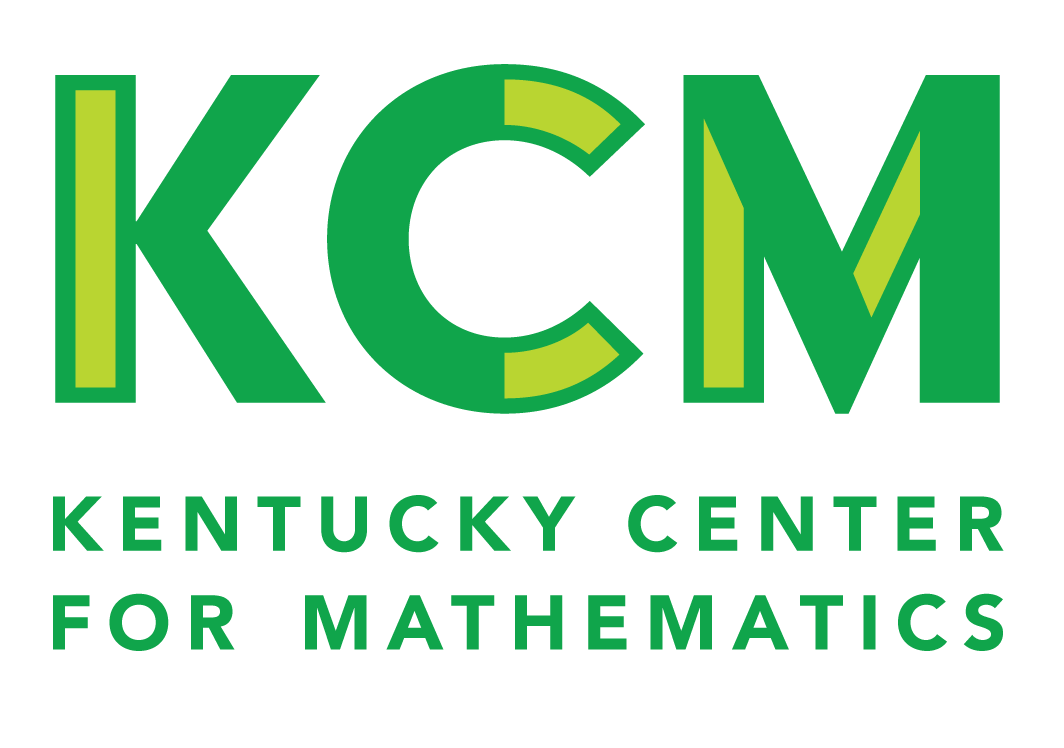
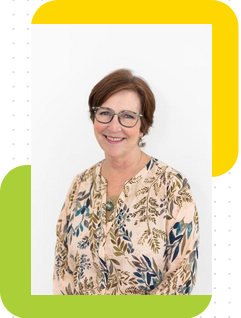
 Figuring Out
Fluency in Mathematics Teaching and Learning
Figuring Out
Fluency in Mathematics Teaching and Learning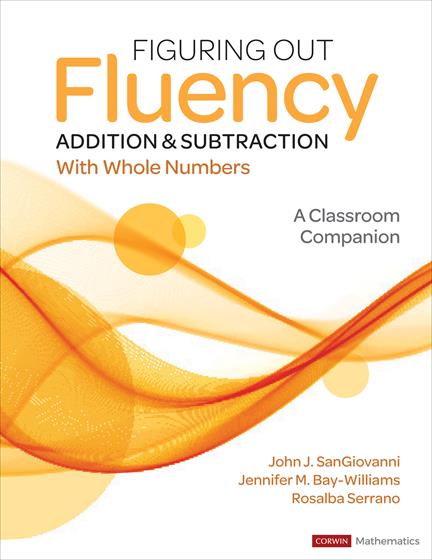 Figuring Out
Fluency - Addition and Subtraction with Whole Numbers
Figuring Out
Fluency - Addition and Subtraction with Whole Numbers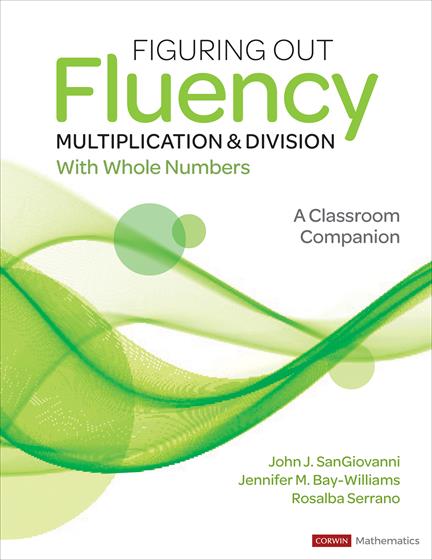 Figuring Out
Fluency - Multiplication and Division with Whole Numbers
Figuring Out
Fluency - Multiplication and Division with Whole Numbers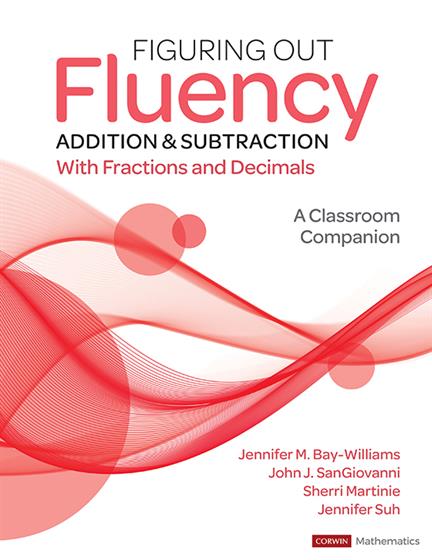 Figuring Out
Fluency - Addition and Subtraction with Fractions and Decimals
Figuring Out
Fluency - Addition and Subtraction with Fractions and Decimals Figuring Out
Fluency - Multiplication and Division with Fractions and Decimals
Figuring Out
Fluency - Multiplication and Division with Fractions and Decimals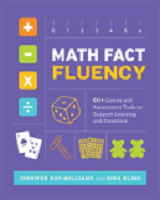 Math Fact Fluency: 60+ Games and Assessment Tools to Support Learning and Retention
Math Fact Fluency: 60+ Games and Assessment Tools to Support Learning and Retention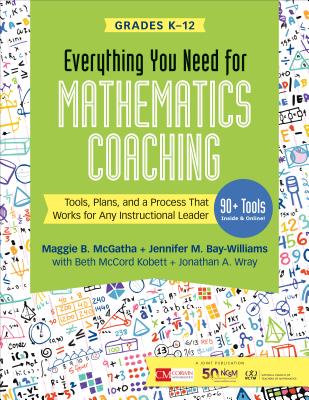 Everything You Need for Mathematics Coaching
Everything You Need for Mathematics Coaching
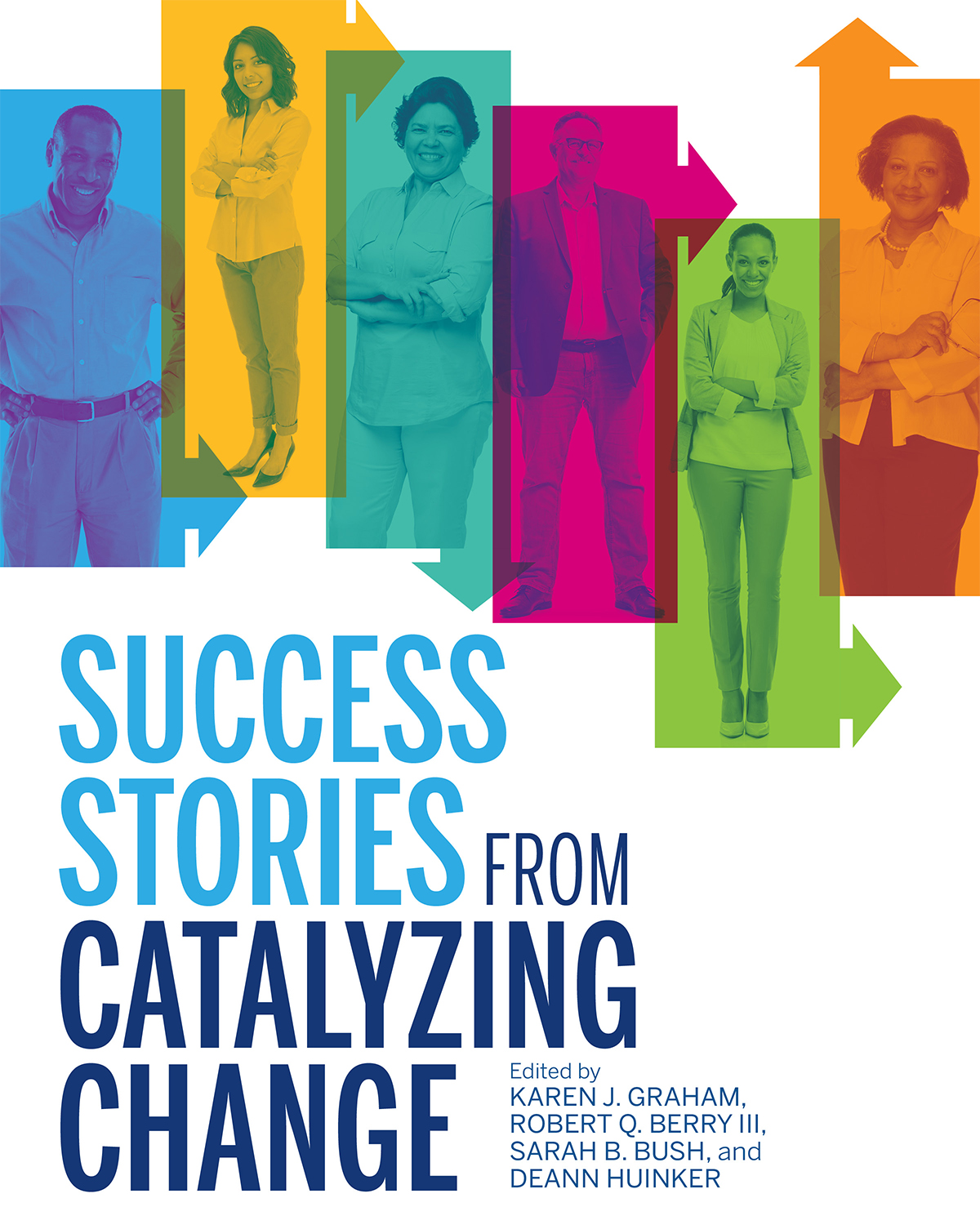 Chapter 11: Creating School-Wide Cultures of Mathematical Sense Making
Chapter 11: Creating School-Wide Cultures of Mathematical Sense Making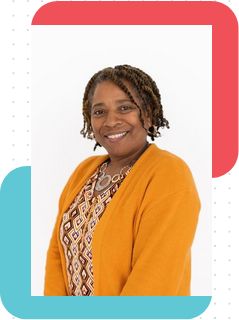
 Catalyzing Change for High School Mathematics: Initiating Critical Conversations
Catalyzing Change for High School Mathematics: Initiating Critical Conversations


 Teaching Mathematics Conceptually: Guiding Instructional Principles for 5-10 Year Olds
Teaching Mathematics Conceptually: Guiding Instructional Principles for 5-10 Year Olds